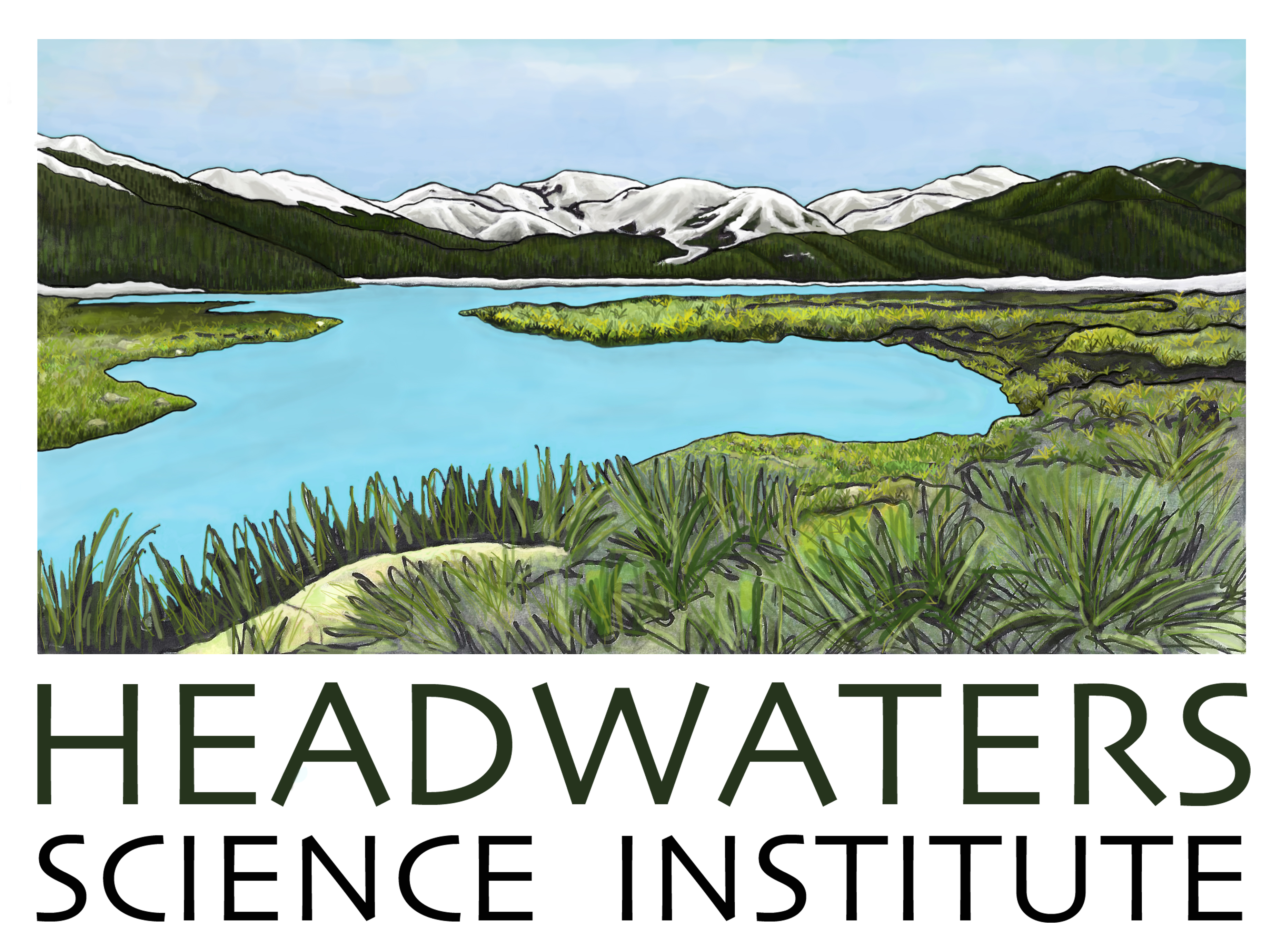Discovering biodiversity in Honduras with TJ Firneno
Author(s): TJ Firneno1, Megan Seifert2
1. University of Denver 2. Headwaters Science Institute
595 total view(s), 161 download(s)
Description
Please click below to take our Lunch with a Scientist QuestionPro survey.
https://lunchwithascientistsurvey.questionpro.com
Click below to learn more about Headwaters Science Institute and the programs we offer to improve science education:
https://linktr.ee/headwaterssi
At the time of this recording, TJ Firneno was a 5th year PhD candidate in the lab of Dr. Matthew Fujita at The University of Texas at Arlington. His research focuses on the microevolutionary processes that drive diversification, promote biodiversity, and lead to the evolution of novel traits in organisms. He primarily uses amphibians and reptiles as model organisms to do so. His research has allowed him to travel extensively throughout the United States and even to Honduras for fieldwork. His talk focuses on a recently newly described species of frog from Honduras.
He is now a postdoctoral researcher in Dr. Erica Larson's lab at the University of Denver exploring the molecular mechanisms that drive diversification and speciation, promote and maintain biodiversity, and lead to the evolution of novel traits.
You can find out more about the research being done in the Larson lab here: https://www.larsonlab.space/
You can connect with TJ on Twitter @SenorSapo28
Cite this work
Researchers should cite this work as follows:
- Firneno, T., Seifert, M. (2022). Discovering biodiversity in Honduras with TJ Firneno. Headwaters Science Institute, QUBES Educational Resources. doi:10.25334/N3AM-B391
